Using Fungus, Scientists Turn Ocean Plastic Into Pharmaceutical Components
The chemical-biological method for converting polyethylene uses the genetically modified Aspergillus nidulans, a common soil fungus. The findings were recently published in the German Chemical Society journal Angewandte Chemie in the study “Conversion of Polyethylenes into Fungal Secondary Metabolites.”
“What we’ve done in this paper is to first digest polyethylenes using oxygen and some metal catalysts — things that are not particularly harmful or expensive — and this breaks the plastics into diacids,” said co-author Berl Oakley, Irving S. Johnson Distinguished Professor of Molecular Biology at KU.
The decomposing polymers’ lengthy chains of carbon atoms were then given to genetically altered Aspergillus mushrooms. As intended, the fungi converted them into various pharmacologically active chemicals, including asper benzaldehyde, citreoviridin, and mutilin, in commercially feasible quantities.
In contrast to earlier methods, according to Oakley, the fungus swiftly consumed plastic goods, much like “fast food.”
According to him, the difference in this method is that it is both chemical and fungal. “But it’s also rather quick. The fungus can consume the substance with several tries, but it takes months since plastics are so difficult to degrade. However, this quickly breaks down the plastics. You may have the finished product in a week.”
The new strategy, the KU researcher said, was “bizarrely” effective.
“Of the mass of diacids that goes into the culture, 42% comes back as the final compound,” he said. “If our technique was a car, it would be doing 200 miles per hour, getting 60 miles per gallon, and would run on reclaimed cooking oil.”
In the past, Oakley has collaborated with co-author Clay Wang of the University of Southern California to generate around a hundred secondary fungal metabolites for various uses.
The archetypal example of this is penicillin, which, according to Oakley, “it turns out that fungi create a lot of chemical compounds, and these are valuable to the fungus in that they hinder the development of other species.” These substances are not necessary for the organism to flourish, but they aid in its competition with protection against other species.
For a while, researchers believed they had completely used the ability of the fungus to create these substances. But according to Oakley, the genome sequencing era has opened up new opportunities for harnessing secondary metabolites in advantageous ways for both people and the environment.
Given that there are millions of different species of fungus, Oakley said, “there was a recognition that there were lots and numbers of clusters of genes that created secondary metabolites that nobody had identified.” “Over the years, many companies have produced some excellent work, but it has largely been left unfinished because they were merely growing things in incubators and testing them for the production of new compounds, but 95% of the gene clusters were simply silent because they are not “turned on” until necessary. Nothing was being done by them. There are thus many more things to learn.”
To alter the expression of genes in Aspergillus nidulans and other fungus and produce novel chemicals, Oakley’s group at KU has perfected gene-targeting techniques.
Now that the genomes of many fungus have been sequenced, he said, “we can identify the fingerprints of families of genes that produce chemical compounds.” “Genes may be altered in a variety of ways, including their expression and removal from the genome. There were several of these secondary metabolite gene clusters there, and we were able to switch on some of them using our gene-targeting techniques, at least in theory.”
Due to the difficulty in recycling polyethylene polymers, researchers concentrated on creating secondary metabolites to break down these materials. They gathered polyethylenes from the Pacific Ocean that had accumulated in Catalina Harbor on Santa Catalina Island, California, for use in this study.
Many efforts have been made to recycle plastic, and some of it has been, according to Oakley. “A large portion of it is essentially melted, spun into fabric, and used to make different plastic items. Even though polyethylenes are a prominent kind of plastic, they are not recycled very often.”
According to the KU researcher, the long-term objective of the study is to create processes that convert all plastics into items that fungus can consume, doing away with the need to separate them during recycling. The study, he said, is representative of KU’s Earth, Energy, and Environment theme, which is focused on “improving knowledge to support the life of our planet and its people.”
“I think everybody knows that plastics are a problem,” Oakley said. “They’re accumulating in our environment. There’s a big area in the North Pacific where they tend to accumulate. But also you see plastic bags blowing around — they’re in the rivers and stuck in the trees. The squirrels around my house have even learned to line their nest with plastic bags. One thing that’s needed is to somehow get rid of the plastic economically, and if one can make something useful from it at a reasonable price, then that makes it more economically viable.”
Disclosure: This post may contain affiliate links, which means that DIVEMONDO may receive a small commission if you make a purchase using these links. As an Amazon Associate this website earn from qualifying purchases.


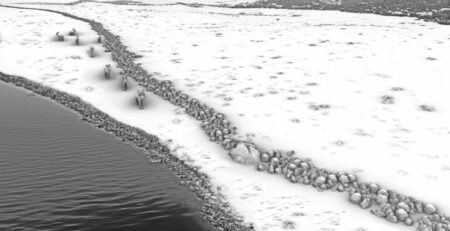

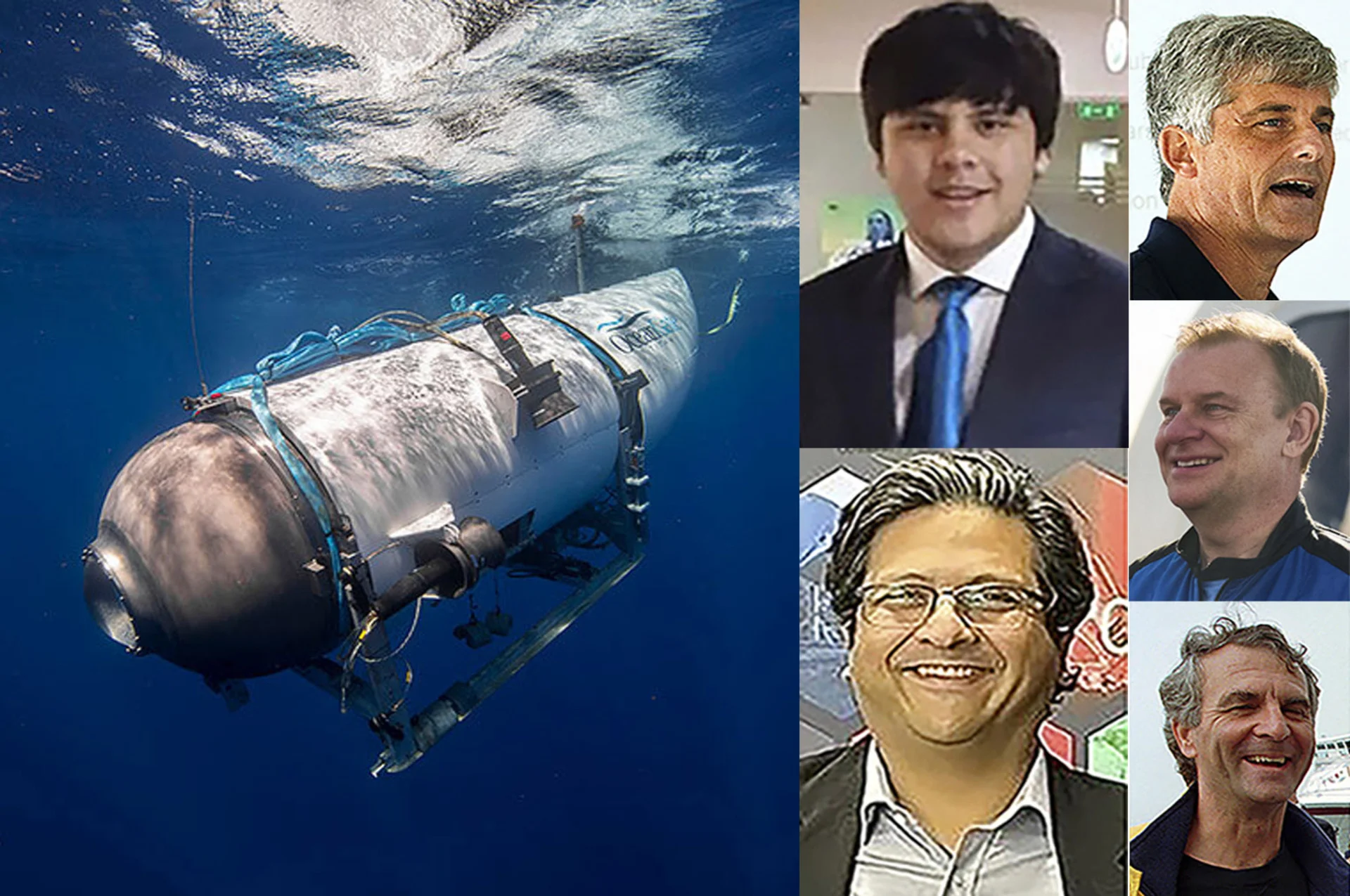


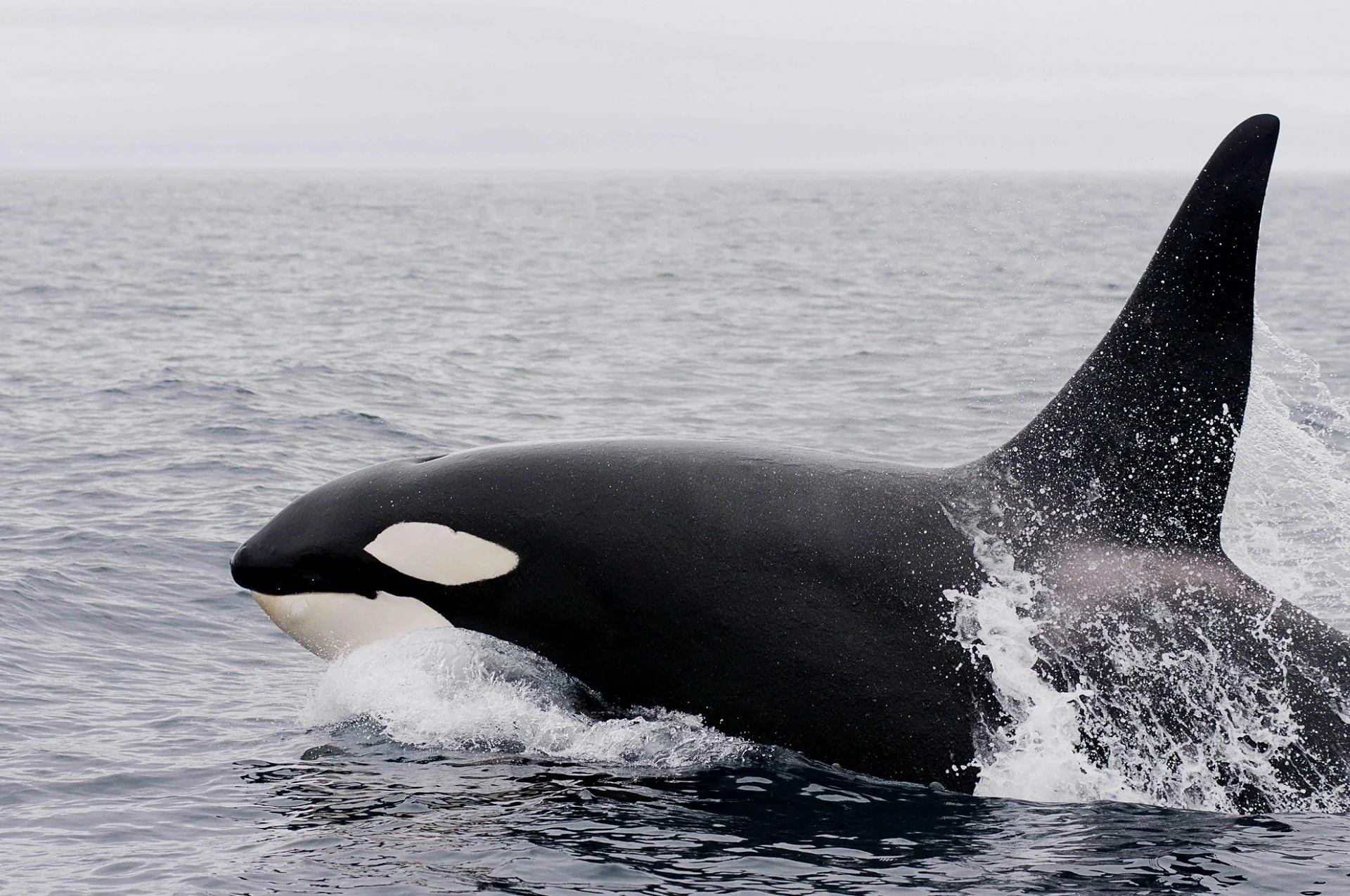
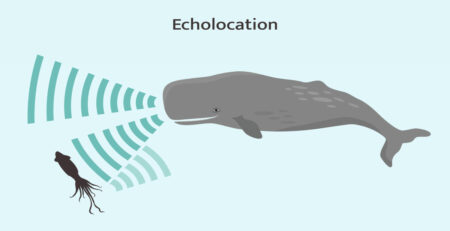
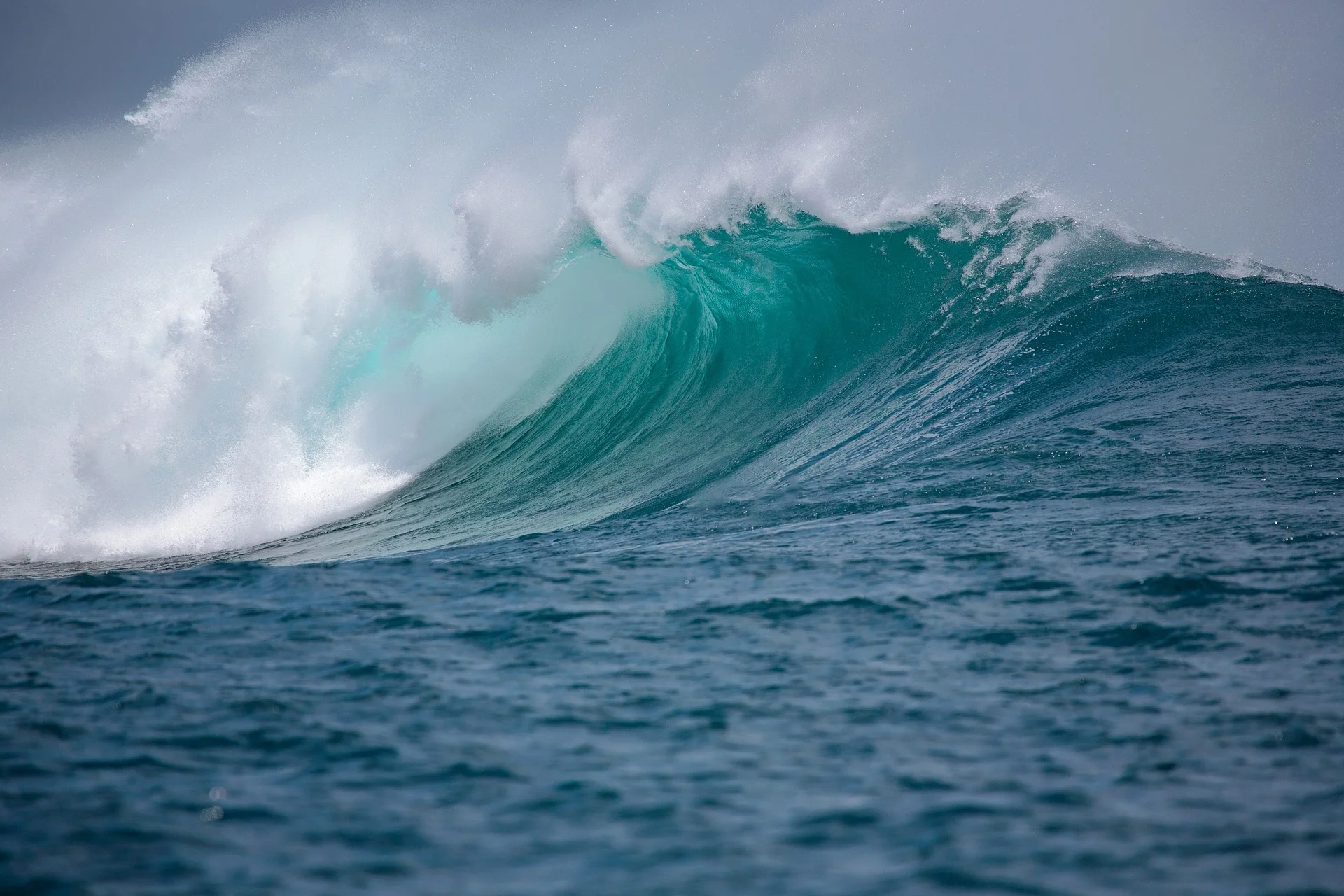



Leave a Reply